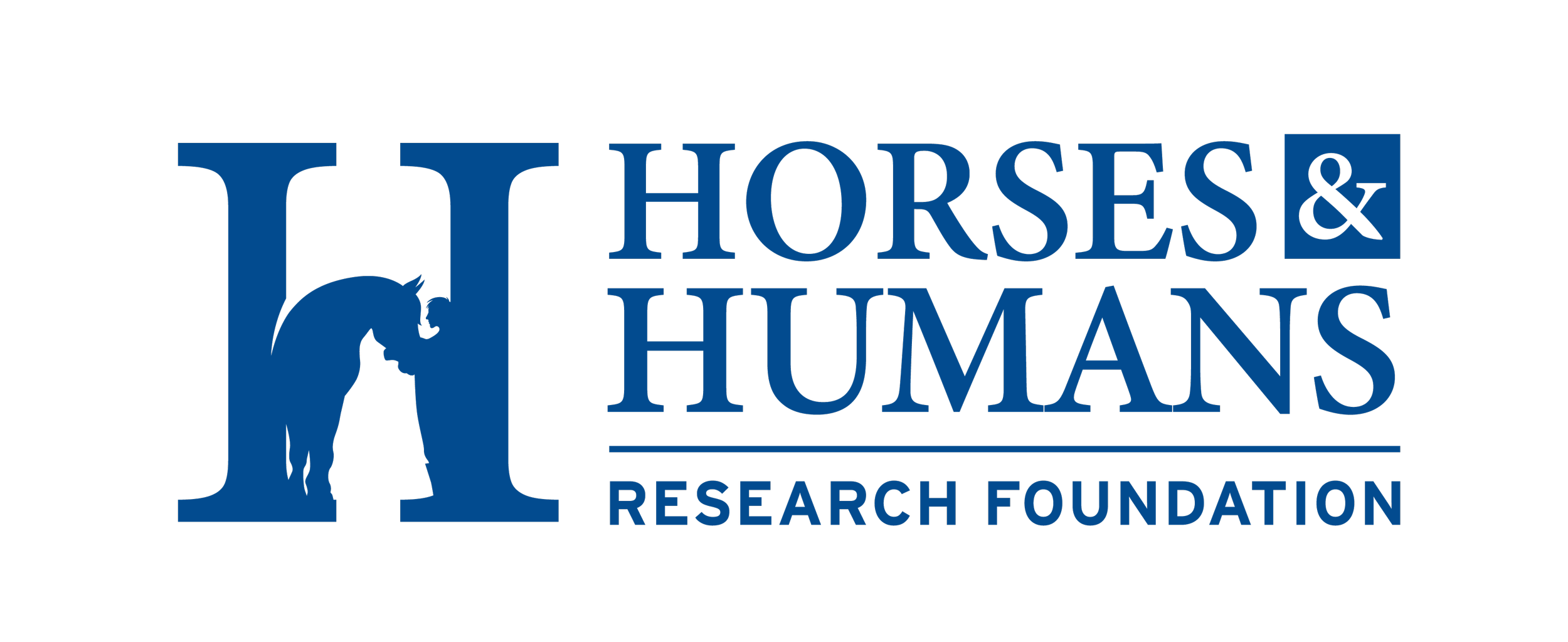Interview with Megan Kiely Mueller
Interview with Megan Kiely Mueller
HHRF Scientific Advisory Council Member, May 11, 2016
Megan Kiely Mueller, Ph.D. is a research assistant professor in the Center for Animals and Public Policy at the Tufts University Cummings School of Veterinary Medicine. Megan holds a Ph.D. in Applied Child Development from Tufts University. Megan's research focuses on the role of human-animal interaction as a context for promoting positive youth development and health outcomes. She is interested in fostering interdisciplinary collaboration in the study of human-animal relationships to increase the visibility and accessibility of high quality animal-related therapy and programming. Ms. Mueller is a member of HHRF's Scientific Advisory Council and is principal investigator for the HHRF-funded project 'Effects of Equine Facilitated Psychotherapy on Post-Traumatic Stress Symptoms in Youth'.
Interview conducted May 11, 2016
How did you come to be a researcher in this field?
My background/training is in developmental psychology, but I have always had a strong interest in understanding the complexity of human-animal relationships. In particular, I have seen the power of EAA/EAT as a specific and very special recreational and therapeutic experience. I love partnering with practitioners who are experts and working together to design feasible research projects that capture the essence of what they are seeing in practice.
I think most good research comes out of strong collaborations with experienced practitioners and researchers. I was lucky enough to be able to work with a wonderful set of collaborators and sit around a table to say: what is an urgent need in the field, and how can our project help move the field forward. By starting with this big question, we were then able to use our diverse experiences to design a research study we thought would be innovative and address some key needs in EAA.
Please provide an update on the status of your project.
We will be presenting some of our research findings at the PATH Int’l conference in November, and are rapidly approaching submitting a full manuscript for publication.
How did the concept for your HHRF funded research project come to be?
What areas of research needs are most urgently surfacing in the EAA fields?
I believe one of the key research challenges in the field of EAA (and AAA more broadly) is understanding the processes that underlie effective EAA programs. We have an increasing number of pilot-sized studies that demonstrate effectiveness in certain populations. However, we still have a relatively underdeveloped research-based understand of why equine-assisted interventions work, for who, and under what circumstances. If we can begin to understand these core processes, it will allow us to generalize research findings more broadly.
What are the reasons we need to continue to invest in research?
Now is a critical time in the field of EAA (and animal-assisted interventions more broadly). We are at the point where we are ready to move from many small pilot studies to more robust research designs that answer fundamental questions about equine-assisted interventions. Moving successfully through this critical period in the development of the field will help facilitate EAA/T as mainstream activities. Providing directed funding for EAA/T work is especially important in this successful transition.
The HHRF BOARD is considering focusing research in specific areas of our field. What would you suggest to them?
I think we are at a point in the field now where the time is right to move from funding smaller pilot studies to larger, field-building research that targets some of the key underlying mechanisms of equine-assisted interventions that could be generalizable across multiple settings. Innovative work with regard to methodology, understanding process, and understanding context (for who do which interventions work?) is critical. It was especially exciting to see HHRF offer their first grant at the $100,000 level!
